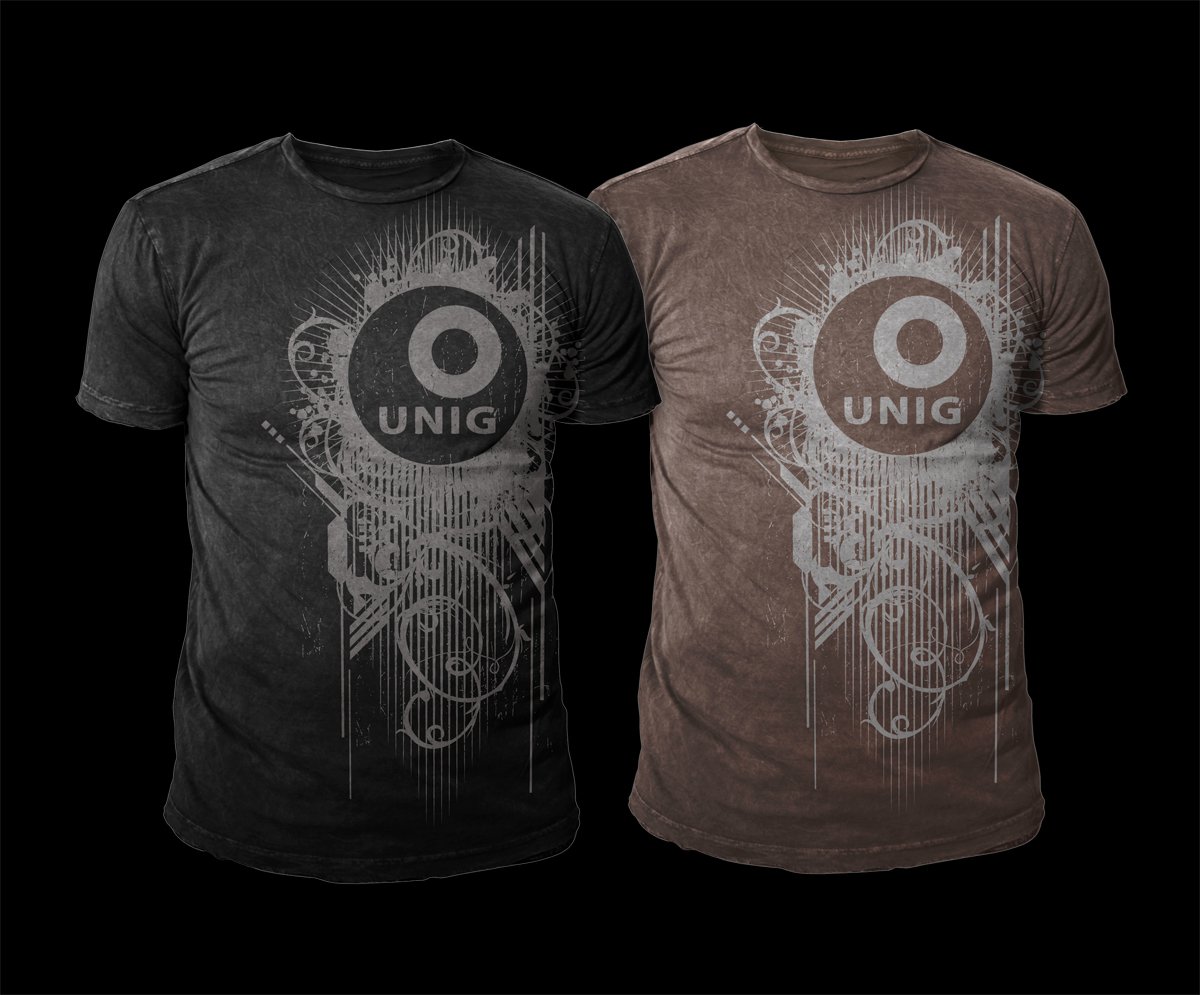Custom T-shirt printing has revolutionized the way individuals and businesses express themselves, promote brands, and make a statement. With a plethora of printing methods available, each offering unique advantages and capabilities, the possibilities for creating personalized apparel are endless. In this comprehensive guide, Dallas Shirt Printing will provide you with information about the most famous methods of custom T-shirt printing, exploring their techniques, applications, and considerations.
1. Screen Printing:
Screen printing, also known as silk screening, is one of the oldest and most widely used methods of custom T-shirt printing. It involves creating a stencil (or screen) for each color in the design and using a squeegee to push ink through the screen onto the shirt. Screen printing is ideal for designs with bold colors and crisp details, offering excellent durability and vibrancy. However, it may be less cost-effective for designs with multiple colors or intricate details, as each color requires a separate screen.
2. Direct-to-Garment (DTG) Printing:
Direct-to-Garment (DTG) printing is a digital printing method that uses specialized inkjet printers to apply ink directly onto the fabric of the shirt. DTG printing is ideal for designs with complex colors, gradients, and fine details, as it offers high-resolution prints with vibrant colors and smooth gradients. It is particularly suitable for small batch orders or one-off designs, as there are no setup costs or minimum order quantities. However, DTG printing may be less cost-effective for large quantities or designs with solid colors, as it may result in a heavier feel on the shirt.
3. Heat Transfer Printing:
Heat transfer printing involves printing the design onto transfer paper using a digital printer and then transferring the design onto the shirt using heat and pressure. Heat transfer printing is versatile and suitable for a wide range of fabrics and designs, including cotton, polyester, and blends. It offers vibrant colors, crisp details, and the ability to reproduce complex designs accurately. However, heat transfer prints may be less durable than other methods and may fade or crack over time, especially with frequent washing and wear.
4. Vinyl Cutting and Heat Press:
Vinyl cutting involves cutting designs out of colored vinyl sheets using a vinyl cutter or plotter, then applying the cut designs onto the shirt using a heat press machine. Vinyl cutting is ideal for designs with solid colors, bold graphics, and text, as it offers excellent durability and crisp details. It is commonly used for customizing sports jerseys, uniforms, and promotional apparel. However, vinyl cutting may be less suitable for designs with intricate details or gradients, as it involves cutting solid shapes rather than printing colors directly onto the fabric.
5. Sublimation Printing:
Sublimation printing involves printing the design onto transfer paper using special sublimation inks, then transferring the design onto the shirt using heat and pressure. Sublimation printing is ideal for polyester fabrics and offers vibrant colors, smooth gradients, and excellent durability. It is commonly used for customizing performance apparel, activewear, and polyester-blend shirts. However, sublimation printing may not be suitable for cotton or natural fibers, as the ink does not bond well with these fabrics.
Conclusion:
Custom T-shirt printing methods offer a diverse range of options for creating personalized apparel that reflects individual style, brand identity, and creativity. Whether it’s screen printing for bold graphics, DTG printing for intricate designs, heat transfer printing for versatility, vinyl cutting for durability, or sublimation printing for performance apparel, each method has its unique advantages and applications. By understanding the characteristics, capabilities, and considerations of each method, individuals and businesses can choose the most suitable option to bring their creative visions to life on wearable canvases.




